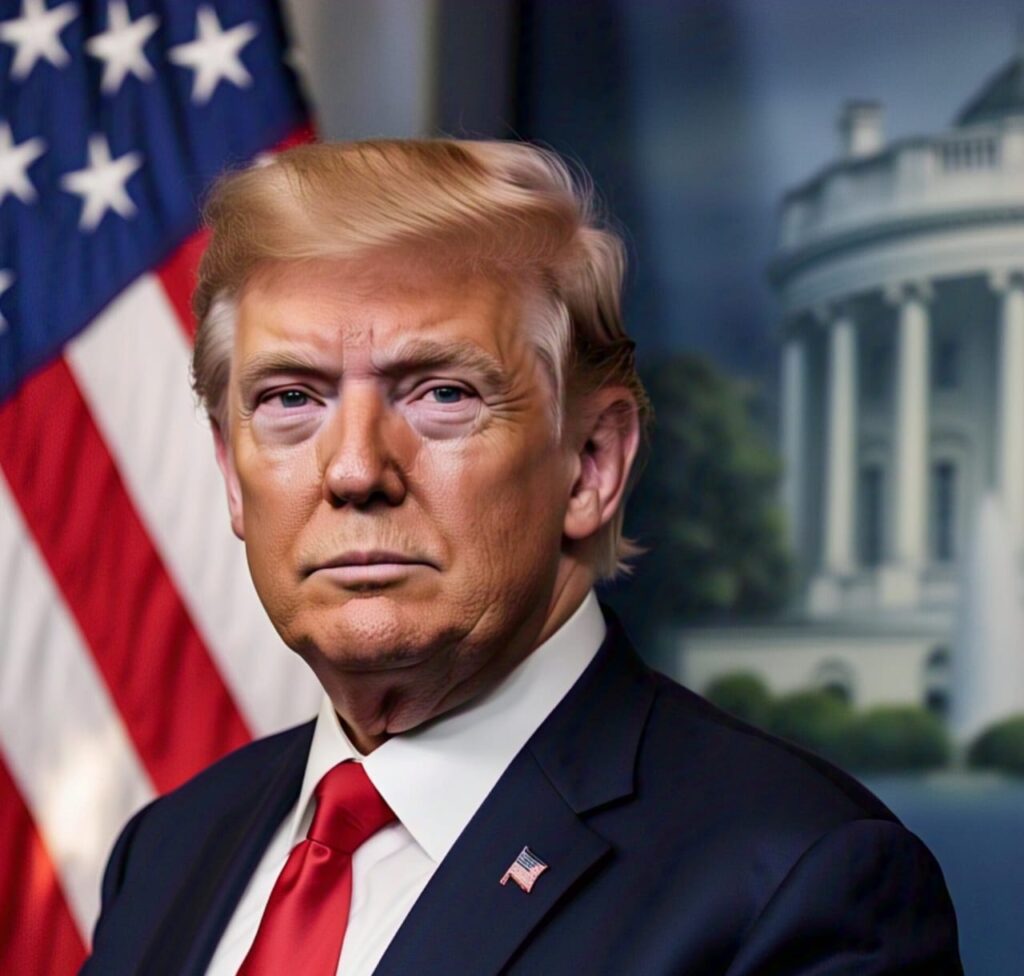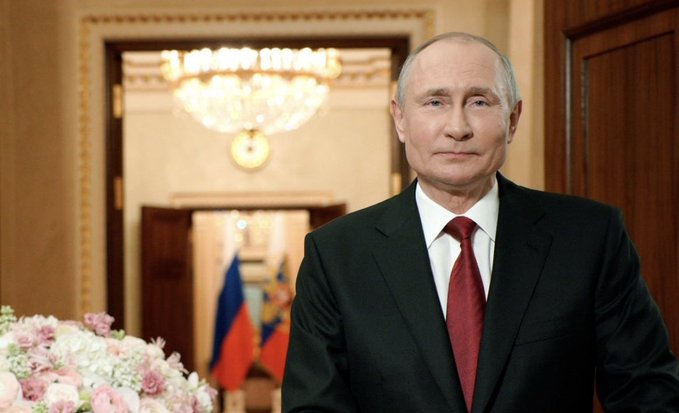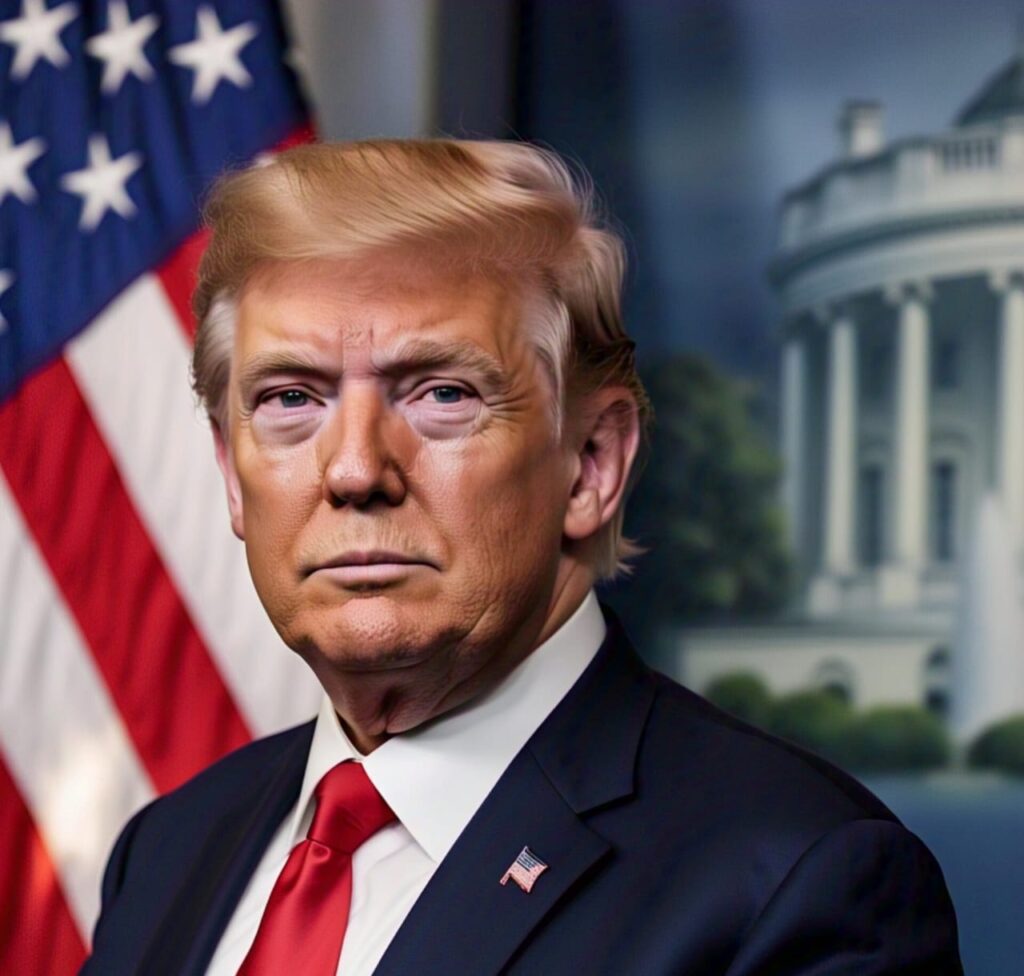DemandsRussia Proposes Demands
Russia Lays Out Key Demands for Ukraine Peace Negotiations with U.S.

NEW YORK/WASHINGTON — Russia Proposes has submitted a list of demands to the United States outlining terms to end its war in Ukraine and reset bilateral relations, according to sources familiar with ongoing negotiations. While specifics remain undisclosed, Moscow’s conditions reportedly echo prior requests, including NATO restrictions and territorial recognition of annexed Ukrainian regions.
Key Demands from Moscow
- No NATO Membership for Ukraine: A permanent ban on Kyiv joining the Western alliance.
- Withdrawal of Foreign Troops: Prohibition on foreign military deployments in Ukraine.
- Recognition of Annexed Territories: International acknowledgment of Crimea and four eastern provinces as Russia Proposes territory.
- Limits on NATO Expansion: Addressing Moscow’s long-standing grievances over NATO’s eastward expansion.
The Kremlin’s demands mirror Russia Proposes floated during failed 2021–2022 pre-invasion talks. U.S. officials under the Biden administration previously engaged on issues like restricting NATO exercises in Eastern Europe but rejected broader terms.

Russia Proposes Demands for Ukraine Peace Talks as U.S. Weighs Ceasefire Proposal
Russia has submitted a list of demands to the U.S. outlining terms to end its war in Ukraine, according to sources familiar with negotiations.
Key conditions include a permanent ban on Ukraine’s NATO membership, the withdrawal of foreign troops from Ukrainian territory, and international recognition of Russia’s annexation of Crimea and four eastern provinces.
While specifics remain undisclosed, the Kremlin’s terms mirror prior proposals, such as restrictions on NATO expansion and military activities in Eastern Europe—demands rejected by Western allies during failed pre-invasion talks in 2021–2022.
The U.S. and Ukraine have tentatively backed a 30-day ceasefire proposal mediated by the Trump administration, which Ukrainian President Volodymyr Zelenskyy called a potential “first step” toward broader negotiations.
However, skepticism persists among U.S. officials and analysts, who warn that Russia Proposes could exploit a truce to regroup militarily or deepen political divisions between Kyiv and its Western supporters. President Donald Trump awaits confirmation from Vladimir Putin on the ceasefire, but details—including enforcement mechanisms and territorial guarantees—remain unresolved.
Historically, Russia Proposes demands reflect long-standing geopolitical goals to curb NATO influence and assert dominance over former Soviet states. Moscow opposed Ukraine’s NATO aspirations as early as 2008, annexed Crimea in 2014, and repeatedly demanded security guarantees restricting Western military activities in Eastern Europe.
Angela Stent, a Brookings Institution analyst, noted, “Russia’s strategy hasn’t evolved—it seeks to legitimize territorial conquests and weaken transatlantic unity.” Critics argue that accepting Moscow’s terms risks rewarding aggression and undermining Ukraine’s sovereignty.
The proposed ceasefire carries significant implications for global security. Concessions to Russia could strain U.S.-Europe relations, particularly if NATO members perceive weakened support for Eastern European allies. A temporary truce without binding commitments might also enable future Russia Proposes offensives, prolonging instability.
Additionally, past Russia Proposes demands for Ukraine’s non-nuclear status raise concerns about broader arms control in the region. Kori Schake of the American Enterprise Institute warned, “This isn’t just about Ukraine—it’s a test of Western resolve against authoritarian expansion.”
As diplomatic efforts intensify, the path to peace hinges on balancing Ukraine’s sovereignty with geopolitical realities. While Zelenskyy seeks assurances on territorial integrity and NATO aspirations, Moscow insists on concessions that would reshape Europe’s security architecture. With trust in short supply and stakes escalating, the proposed ceasefire may determine whether negotiations evolve into meaningful dialogue—or collapse into renewed conflict. The world watches as leaders navigate one of the most pivotal moments in modern geopolitics.
U.S. and Ukraine’s Response: A Fragile Path to Ceasefire
Ukrainian President Volodymyr Zelenskyy has tentatively backed a 30-day truce proposal mediated by the Trump administration. However, skepticism persists over Russia’s sincerity, with experts warning a ceasefire could allow Moscow to regroup or deepen Western divisions.
President Donald Trump awaits confirmation from Vladimir Putin on the truce, which Zelenskyy called a “first step” during talks in Saudi Arabia this week. Ukrainian officials stress any deal must align with Kyiv’s sovereignty, while U.S. negotiators remain divided on leveraging past frameworks like the 2022 Istanbul draft.
Historical Context: Russia’s Unchanged Geopolitical Goals

Moscow’s demands reflect decades of strategic priorities:
- 2008 NATO Summit: Opposition to Ukraine and Georgia’s membership bids.
- 2014 Annexation of Crimea: A precursor to current territorial claims.
- 2021 Security Proposals: Calls for NATO rollbacks in Eastern Europe.
“Russia’s terms haven’t evolved—they seek to cement dominance over former Soviet states,” said Angela Stent, a Brookings Institution analyst.
Implications for Global Security
- U.S.-Europe Relations: Fears grow that concessions could fracture NATO unity.
- Risk of Prolonged Conflict: A truce without territorial guarantees may enable future Russian aggression.
- Nuclear Security: Past demands included Ukraine’s permanent non-nuclear status.
Table of Contents
Expert Analysis
- Kori Schake (AEI): “This isn’t new; Putin aims to weaken Western alliances.”
- Keith Kellogg (Trump Envoy): Advocates a “new approach” beyond past frameworks.
Q: Will Ukraine accept Russia’s demands?
A: Unlikely without guarantees on sovereignty and NATO aspirations.
Q: How credible is the 30-day ceasefire?
A: Dependent on Putin’s commitment—U.S. officials warn of potential stalling tactics.

Conclusion
As diplomatic efforts intensify, the path to peace hinges on balancing Ukraine’s sovereignty with Russia’s geopolitical ambitions. For real-time updates, subscribe to our newsletter or follow #UkrainePeaceTalks on social media.


